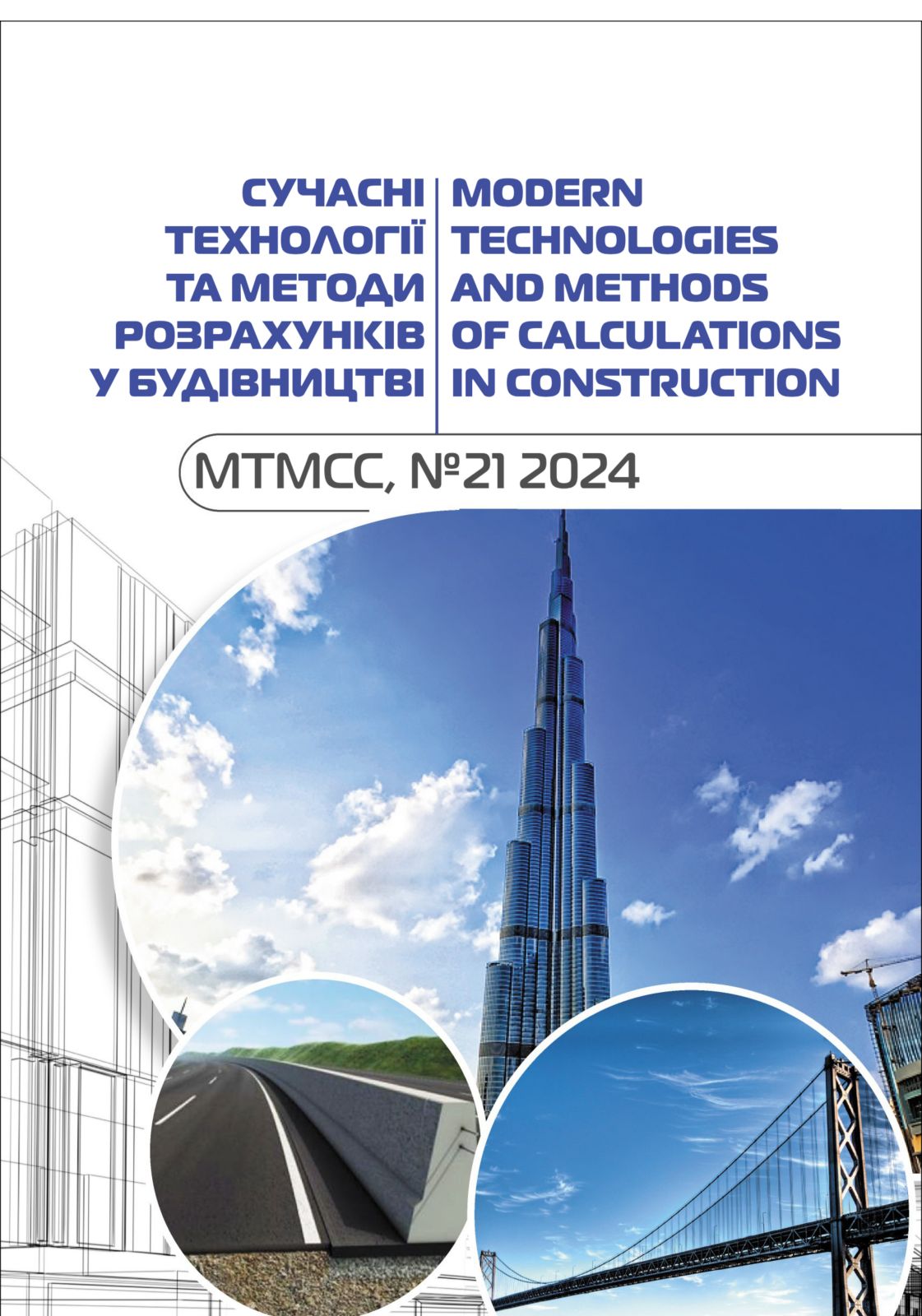Dynamics of calculated characteristics on motor roads
Abstract
There are three stages of transformation in the evolution of the Human - Car - Road - Environment system. Each system has its closed and open stages of development. Each stage includes three periods of the closed and three periods of the open state of the system. We can observe the same in any system, in particular, in the dynamics of the calculated characteristics of the traffic flow. It is proposed to consider the dynamics of changes in the calculated characteristics of traffic flow on highways.
Estimated traffic speeds are used to justify the plan and longitudinal profile of the road. Road elements are determined from the conditions for ensuring the safe movement of single passenger cars at the calculated speed. The higher the calculated speed, the higher the level of operational quality of the road. Therefore, the dynamics of the estimated speed can be used to judge the patterns of the evolution of highways.
The calculated speeds for roads of the 1st category in terms of absolute values are close to the weighted average speeds of production cars. This can be especially clearly traced in the second and third periods of the open state of the considered stage of evolution. This makes it possible to use the laws of the dynamics of the design speed of passenger cars for the forecast of the estimated speeds.
Economic factors can lead to change. The increment in the calculated speed cannot be extended to subsequent stages of evolution, since this period had significant disruptions. It is advisable to take the coefficient of increase in the design speed of a given period for subsequent forecasts based on the design speed of passenger cars in the first stabilization period
Since standards for the construction of highways are introduced by decree, during the period of their validity the design speeds do not change. Consequently, during periods of stabilization of design speeds, the coefficient of their increase does not change and remains equal to unity.
Analysis of this dynamics shows that the change in the design speeds of cars over time is wave-like. Periods of steady growth in speeds are followed by periods of stabilization. During periods of stabilization, design changes to vehicles are carried out. In subsequent periods of steady growth in speeds, the possibilities of these changes are realized.
The duration of periods of a closed state within each cycle of the system's evolution decreases, and the periods of an open state increases in accordance with an arithmetic progression.
The duration of periods of the closed state within each stage decreases, and the periods of the open state increases in accordance with an arithmetic progression.
Each subsequent period of the closed state is two times less than the previous one, each subsequent period of the open state is twice as long as the previous one.
The first periods of closed and open states during the transition from stage to stage are also halved.








